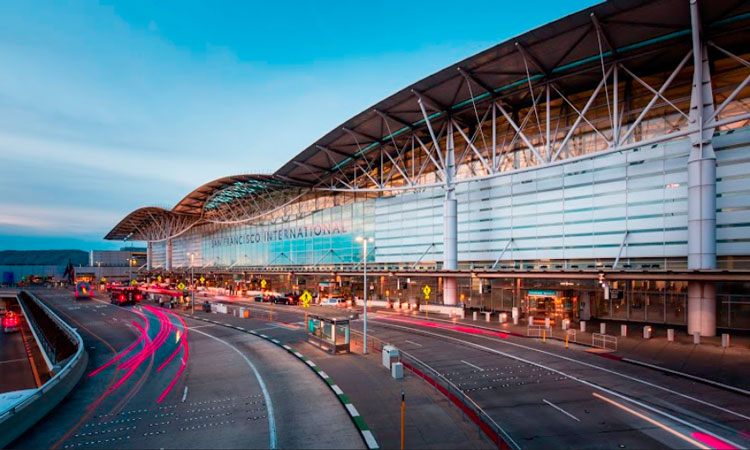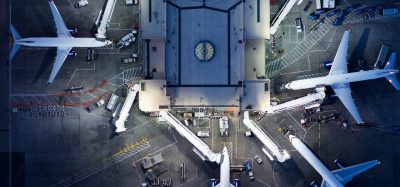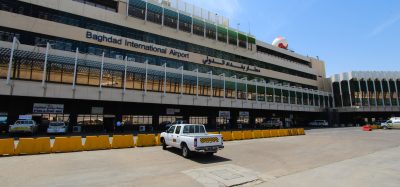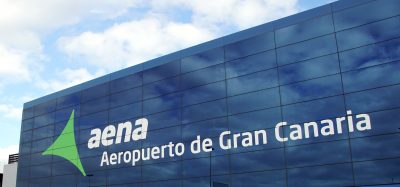San Francisco receives its first batch of sustainable aviation fuel
Posted: 8 July 2020 | International Airport Review | No comments yet
This milestone supports SFO’s goal to achieve ‘triple zero’; reaching not only zero-net carbon but also zero-net energy and zero landfill waste.


San Francisco International Airport (SFO) has reached a significant milestone in its goal of achieving net-zero carbon.
Neste, producer of renewable diesel and sustainable aviation fuel (SAF) made from waste and residue raw materials, delivered its first batch of sustainable aviation fuel to SFO via pipeline, where it will be used by major airlines to reduce carbon emissions.
“This is a major milestone in our goal to achieve carbon neutrality, by making SFO a hub for the use of SAF,” said SFO Airport Director, Ivar C. Satero. “By focusing on the entire supply chain process, achievements like this one have the power to transform the landscape of our entire industry.”
This milestone supports SFO’s goal to achieve ‘triple zero’, reaching not only zero-net carbon but also zero-net energy and zero waste going into landfills. This move also helps airlines to achieve their own sustainability goals.
In 2018, SFO signed a Memorandum of Understanding (MOU) with fuel producers, including Neste, along with a group of eight airlines to expand the use of SAF at SFO. The agreement was the first of its kind to include fuel suppliers, airlines and airport agencies.
This particular SAF is made from sustainably-sourced, 100 per cent renewable waste and residue materials, like used cooking oil or animal fats, instead of crude oil.
The volume of SAF expected to be provided to SFO will deliver roughly the same greenhouse gas emissions reductions as taking 1,200 flights between SFO and NYC on an A320 out of service. I
This pioneering success drives a change in the aviation industry to make the SAF supply chain more climate-friendly and further reduces the industry’s carbon footprint.
Stay Connected with International Airport Review — Subscribe for Free!
Get exclusive access to the latest airport and aviation industry insights from International Airport Review — tailored to your interests.
✅ Expert-Led Webinars – Gain insights from global aviation leaders
✅ Weekly News & Reports – Airport innovation, thought leadership, and industry trends
✅ Exclusive Industry Insights – Discover cutting-edge technologies shaping the future of air travel
✅ International Airport Summit – Join our flagship event to network with industry leaders and explore the latest advancements
Choose the updates that matter most to you.
Sign up now to stay informed, inspired, and connected — all for free!
Thank you for being part of our aviation community. Let’s keep shaping the future of airports together!
Related topics
Emissions, Sustainability, Sustainable Aviation Fuel (SAF), Sustainable development

















